|
We begin at the beginning. That much is obvious.
As we practice, we gain proficiency; we get good at whatever we are drilling. Soon enough, it becomes time to move on and up to the next level. Almost all disciplines take this process for granted. If you study music, you start with the Level 1 book and move through Level 2 up as high as you can, through maybe 6 to 10 levels. And that is all before you even arrive at the University level that plays the standard "repertoire" that makes up most concerts. Even school subjects progress through levels, building on one another to create complex and deep understanding. Arithmetic is layered with geometry, algebra and calculus to give the student a high level of competency in maths. Sadly, this structure rarely exists in yoga, especially in the West. The studio culture that has built up---where we attend a group yoga class in the morning or after work---contains almost exclusively "all-levels" classes, which means that they aren't particularly suited for beginners or experienced practitioners. Since we all begin at the beginning, we should do the simplest introductory practices. We are in Yoga First Grade, learning the yogic equivalent of counting and the alphabet. This includes things like touching our toes, awareness of the breath and perhaps even linking our breath with movement. Before too long we graduate to Yoga Second Grade, where we build upon the skills we have learned. This continues indefinitely as the practices become more and more complex. This may seem obvious, but it is quite common in the yoga world for beginners and experienced practitioners to do the same practices, the equivalent of having everyone in the room practice algebra even though some don't know how to add while others are astrophysicists. Who is being served? Practice must begin simply and it must evolve. It must grow and increase in complexity. As teachers, we must embrace and enable these qualities and capabilities in our students.
1 Comment
I appreciate this post quite a bit and completely share in your main perspectives!!
Reply
Leave a Reply. |
AUTHORSScott & Ida are Yoga Acharyas (Masters of Yoga). They are scholars as well as practitioners of yogic postures, breath control and meditation. They are the head teachers of Ghosh Yoga.
POPULAR- The 113 Postures of Ghosh Yoga
- Make the Hamstrings Strong, Not Long - Understanding Chair Posture - Lock the Knee History - It Doesn't Matter If Your Head Is On Your Knee - Bow Pose (Dhanurasana) - 5 Reasons To Backbend - Origins of Standing Bow - The Traditional Yoga In Bikram's Class - What About the Women?! - Through Bishnu's Eyes - Why Teaching Is Not a Personal Practice Categories
All
Archives
May 2024
|

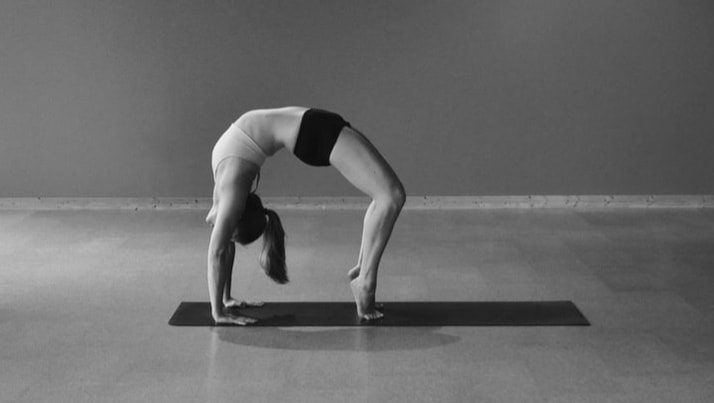
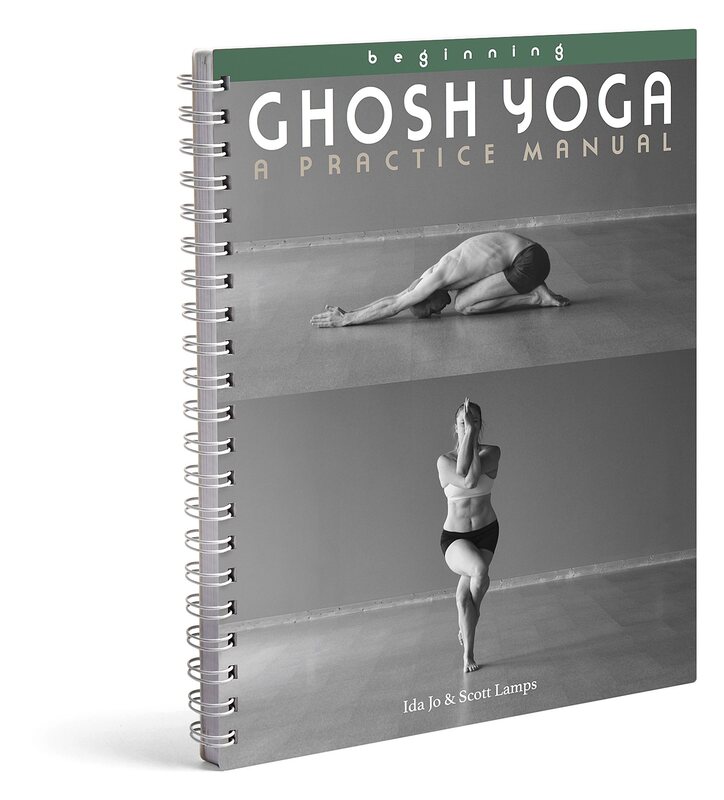
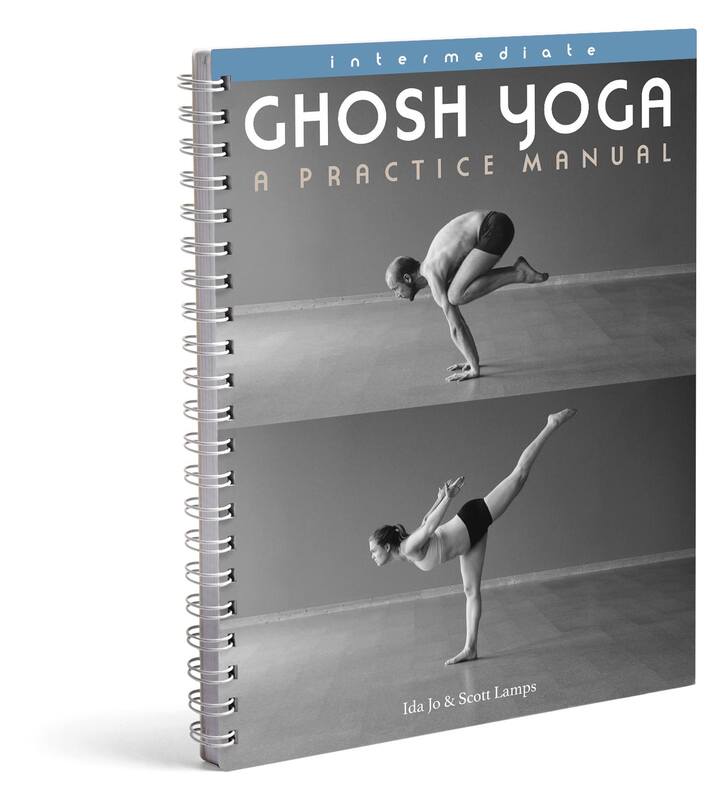
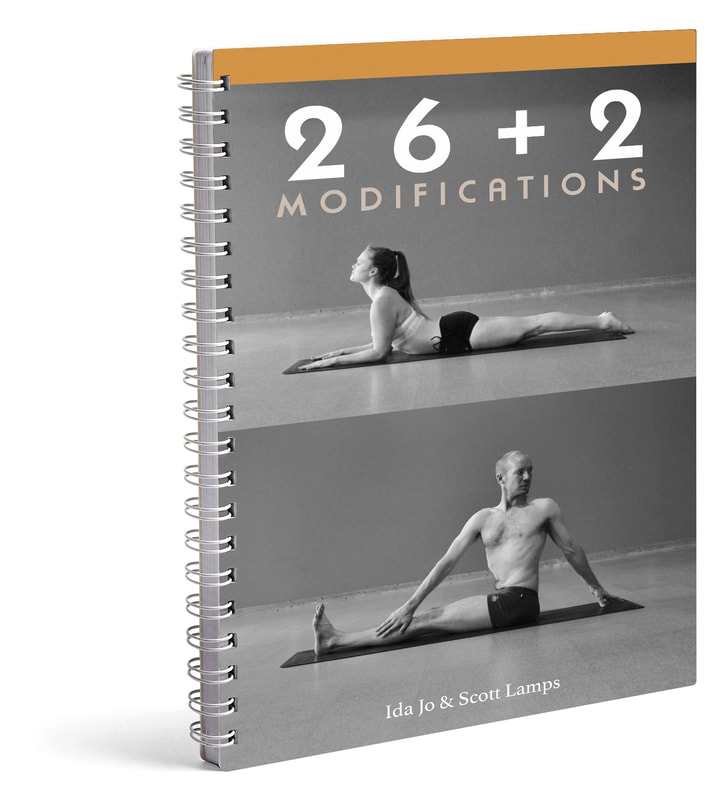
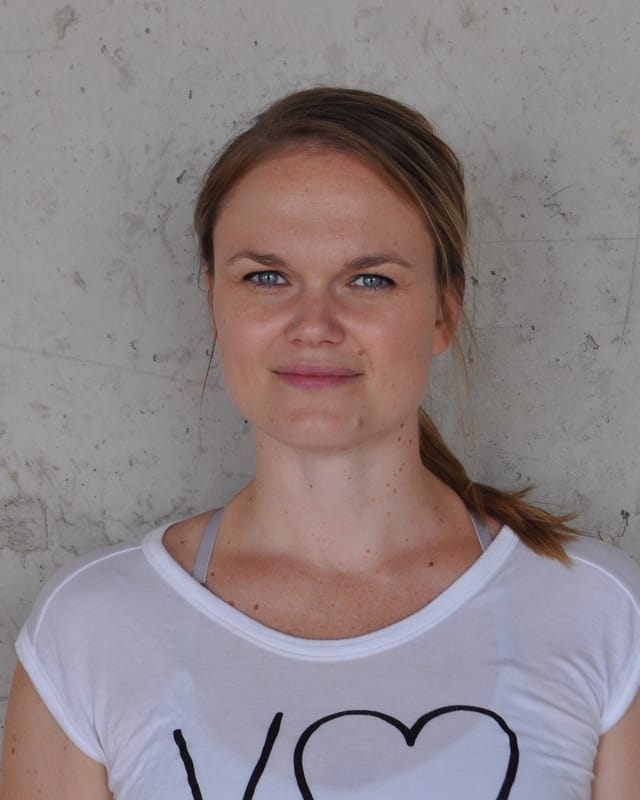
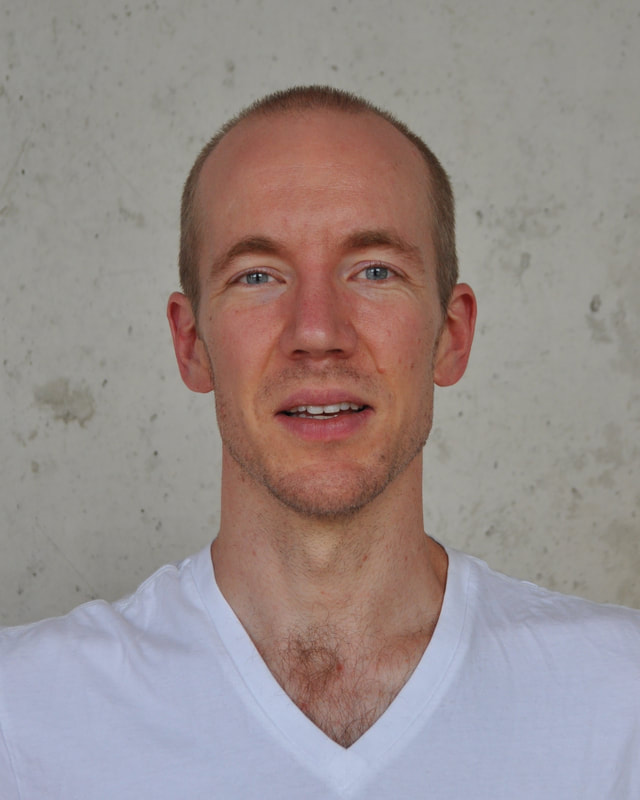
 RSS Feed
RSS Feed